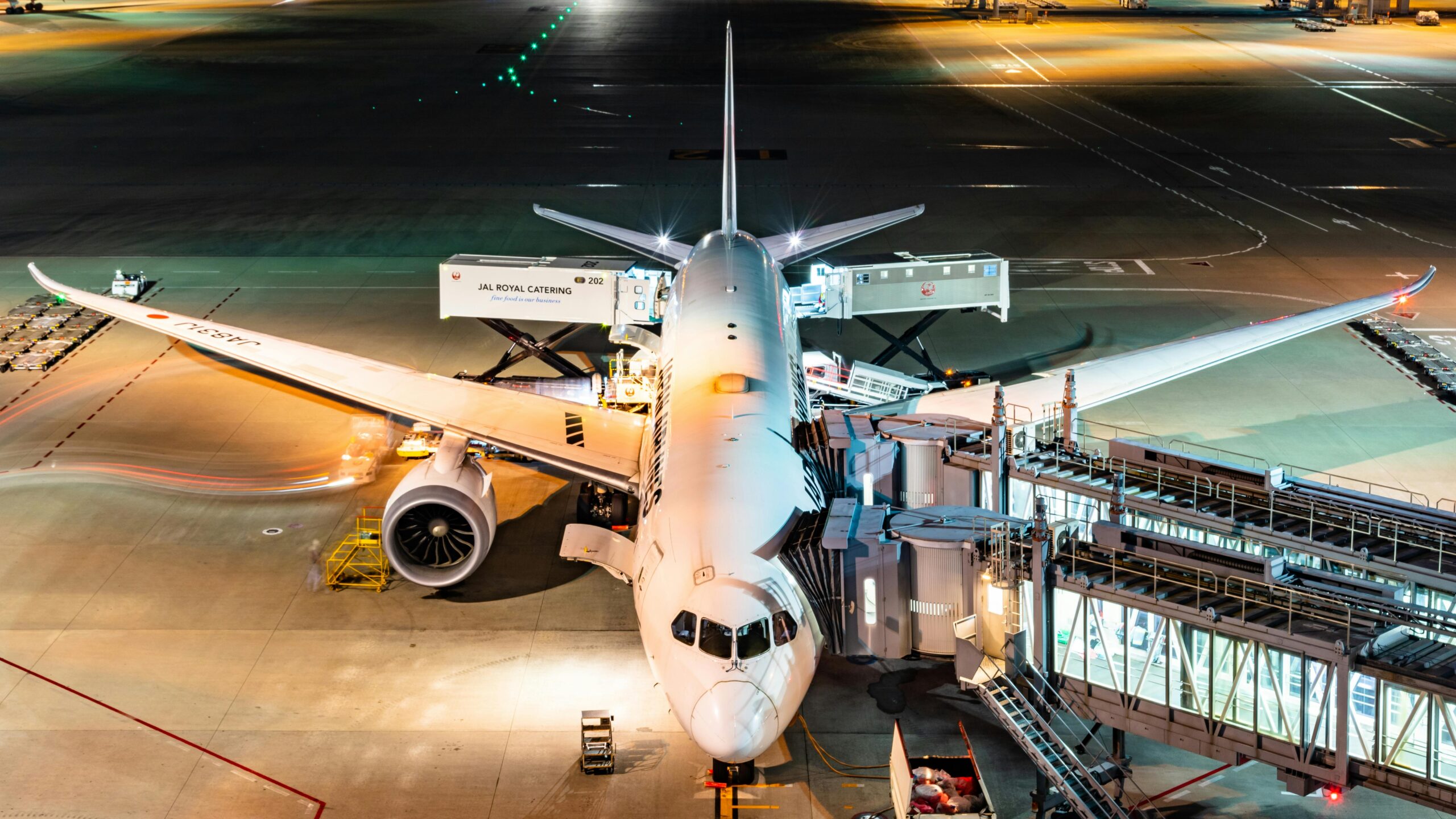The U.S. Transportation Department is tackling the country’s air traffic controller shortage by expanding its collegiate training pipeline.
The department announced Monday that Nashua Community College (NCC) in New Hampshire has become the state’s first institution to join the Enhanced Air Traffic-Collegiate Training Initiative (E-CTI). NCC is the fifth school this year to sign on to the initiative.
While the traditional Air Traffic-Collegiate Training Initiative (AT-CTI) offers aviation degrees that allow graduates to bypass the initial five-week Air Traffic Basics Course at the Federal Aviation Administration (FAA) Academy in Oklahoma City, the E-CTI goes further. Under E-CTI, NCC and other participating institutions deliver full FAA Academy-equivalent training on campus. Graduates must pass the Air Traffic Skills Assessment (ATSA), meet FAA medical and security requirements and pass performance verifications to become certified. After certification, these graduates can report directly to an FAA facility to begin their on-the-job training.
The FAA has already authorized nine E-CTI programs this year, and with applications open year-round, more universities are applying for programs of their own. Austin Community College in Texas is one such school looking to create a local workforce pipeline and solve the region’s air traffic controller shortage. The Austin City Council in Texas approved a petition
calling on the FAA to prioritize sending air traffic controllers to Austin-Bergstrom International Airport. In October 2024, a report found the airport was at least 50% understaffed.
Schools currently running E-CTI programs include:
- Tulsa Community College.
- University of Oklahoma.
- Nashua Community College.
- Schenectady County Community College.
- University of North Dakota.
- Vaughn College.
- Middle Georgia State University.
The Transportation Department says its efforts are already paying off, with more than 10,000 applications during the FAA’s latest “Supercharge” hiring campaign this spring. More than 8,300 of those applicants were referred to testing. By the end of July, the FAA had 550 students in training—the highest monthly enrollment in the agency’s history.
The increase in enrollment comes at a critical time. Air traffic controller shortages have led to profound consequences in recent months.
The FAA announced Friday plans to continue flight cancellations this year at Newark Liberty International Airport in New Jersey following major disruptions caused by an insufficient number of air traffic controllers and an aging traffic control system. In both April and May of this year, controllers lost radar and communication contact with aircraft for up to 90 seconds. Several controllers took 45 days of leave due to trauma from their experience.
A National Transportation Safety Board (NTSB) preliminary report also found that, at the time of the January collision between a regional jet and a U.S. Army Black Hawk helicopter, air traffic control responsibilities were spread among fewer controllers than usual. Officials said it remains unclear whether this staffing arrangement played a role in the crash.
A shortage in controllers has caused stress and fatigue on the employees who staff control towers. A 2022 report from the National Air Traffic Controllers Association (NATCA) found almost 40% of FAA facilities were implementing six-day workweeks. That report found many controllers across the country were also required to work 10-hour days to provide coverage between shifts.
The fatigue issue triggered an FAA response in 2024 when a report found that loss of sleep and rotating, long shifts can lead to errors and a decrease in performance. The administration implemented new rest requirements as a result, including 10 hours off between shifts and 12 hours before a midnight shift.
While the E-CTI expansion represents a significant step forward, experts warn that solving the controller shortage could take years. The FAA currently faces a nationwide shortage of about 3,000 controllers. The agency hired 1,500 controllers in 2023 and more than 1,800 in 2024, with a goal to hire 2,000 controllers in 2025.
Photo by JohNNN ZHANG from Pexels









